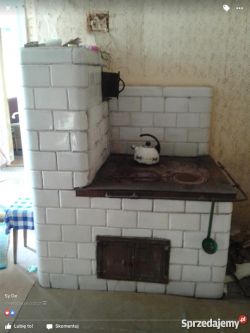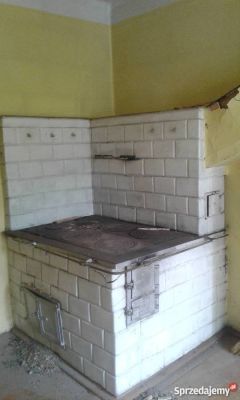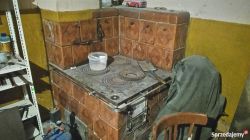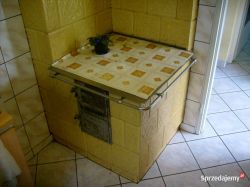Aleksander_01 wrote: Someone earlier wrote to give it to sandblasting, maybe the pipes themselves are yes, but after all, this plate is well anchored in the furnace and you will not take it out just like that. I know what I'm writing because I witnessed them dismantling this contraption at my place
I don't know if coal stoves were identically built in every region of the country, but I've encountered ones in which the frame was fixed permanently with the tiles, and the plate, whether cast iron (sometimes with a hole closed with the pipes, and sometimes without a hole), but I've also encountered steel ones, were removable.
Aleksander_01 wrote: I don't know what's going on here, but as I remember this plate was always clean. After all, even if it dripped a drop of something it was immediately hiss and gray smoke and smell all over the kitchen.
And here I concede the point.
But curiously the author of the topic is silent.






